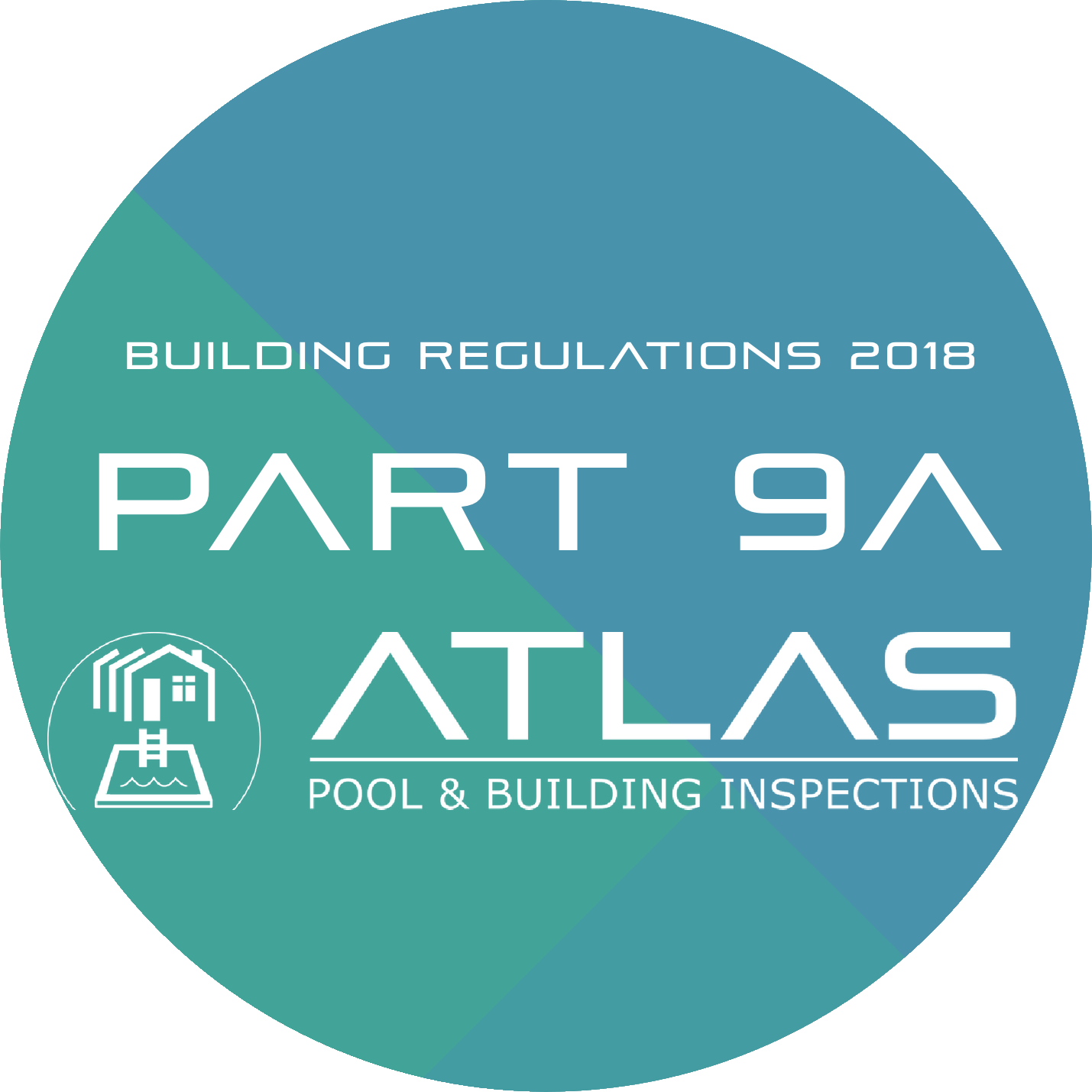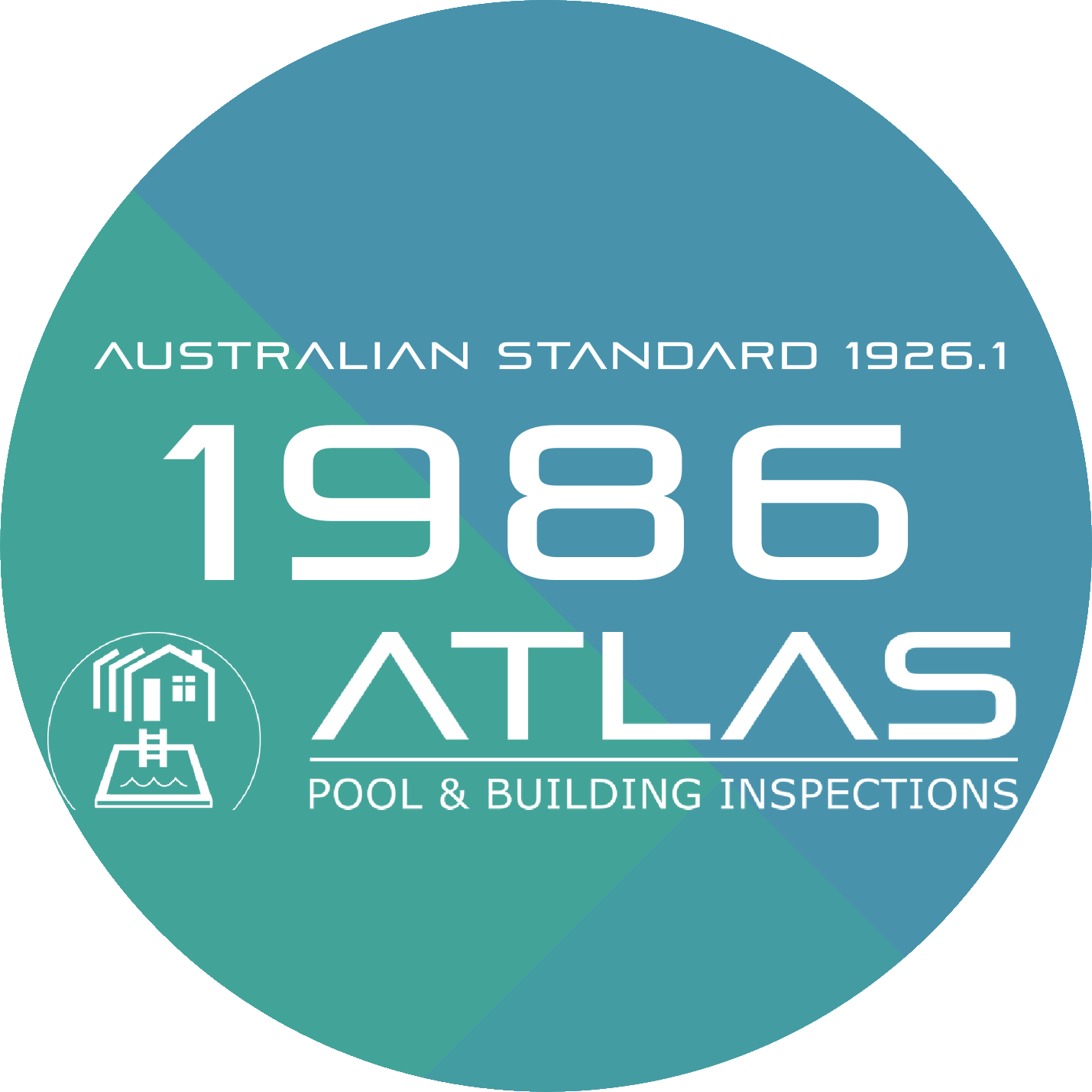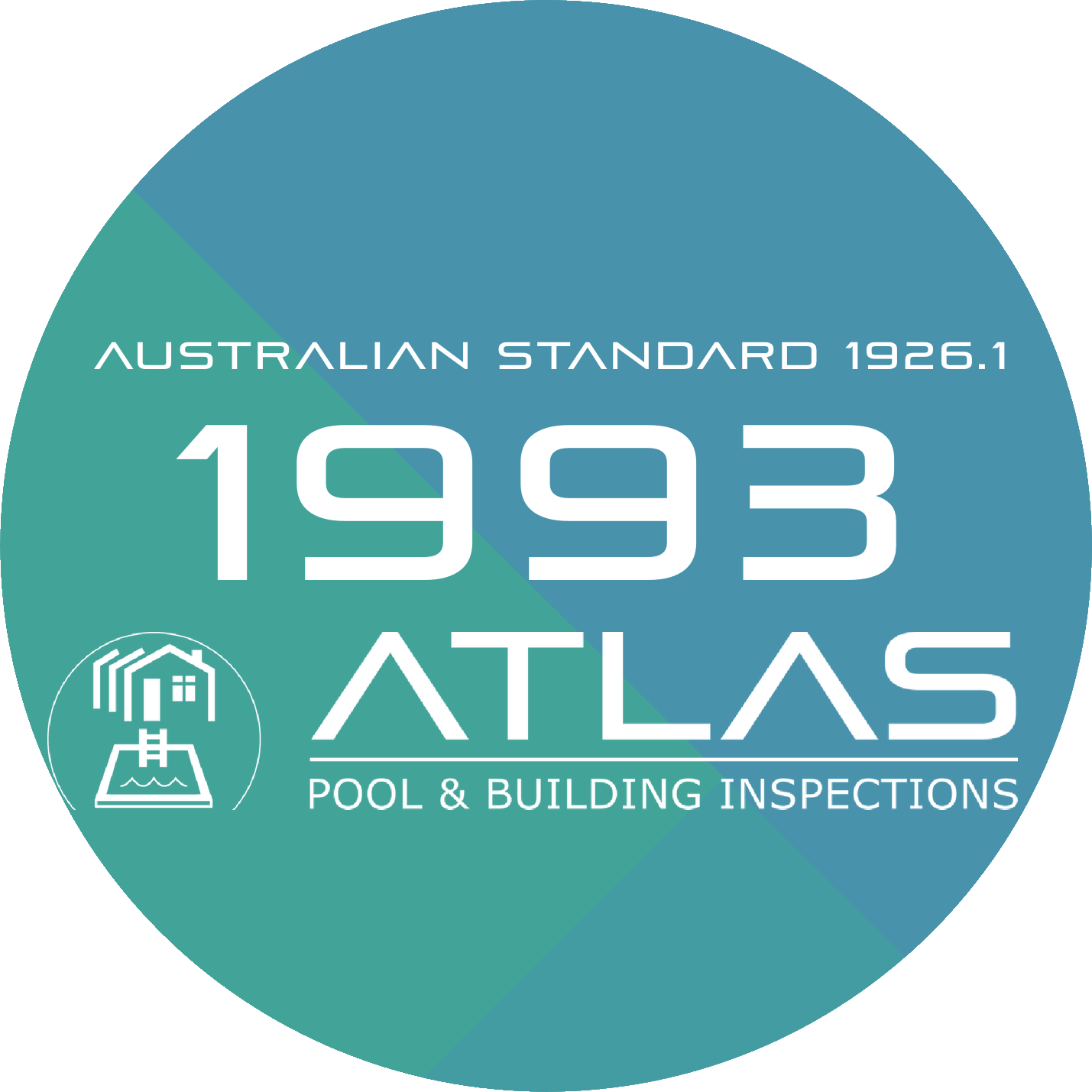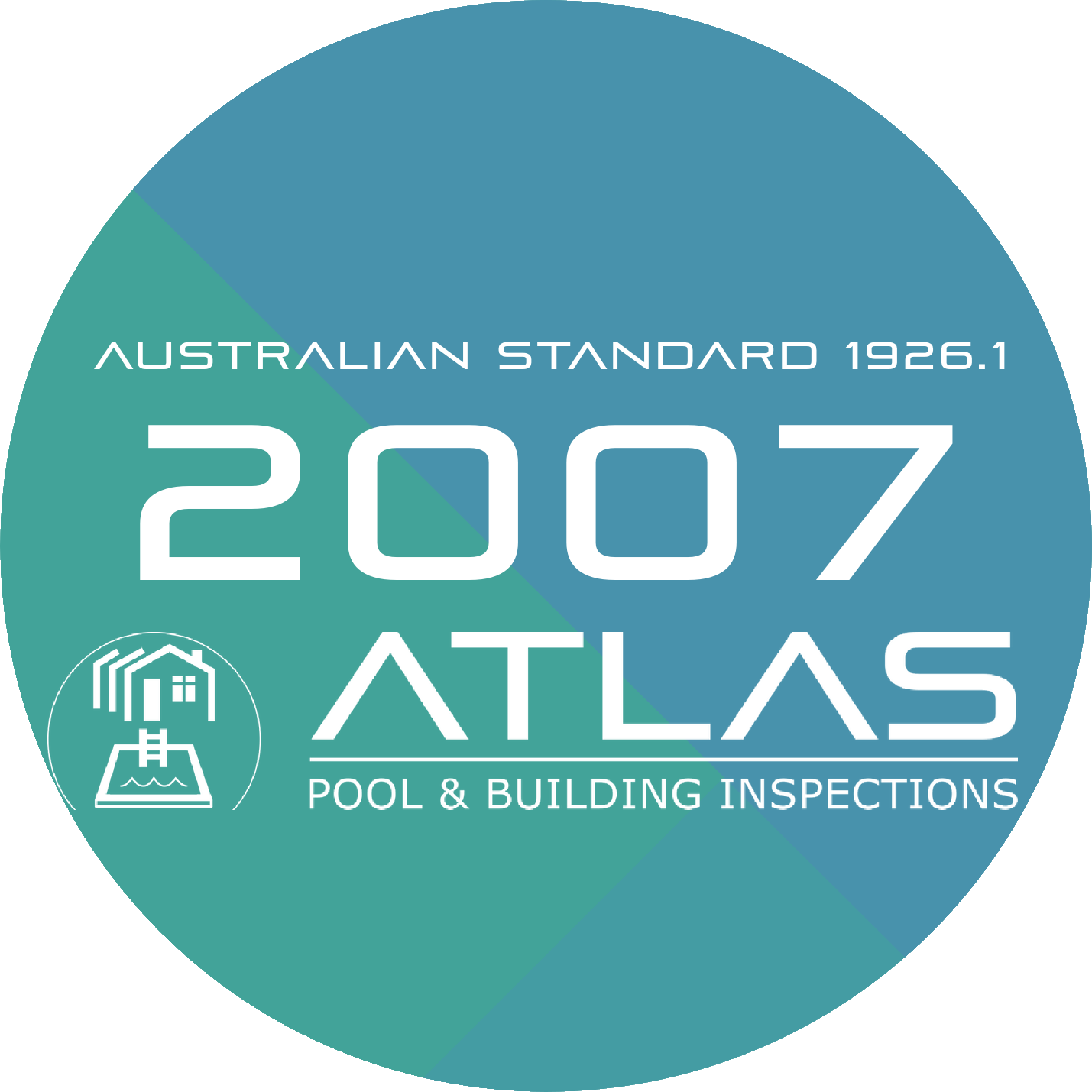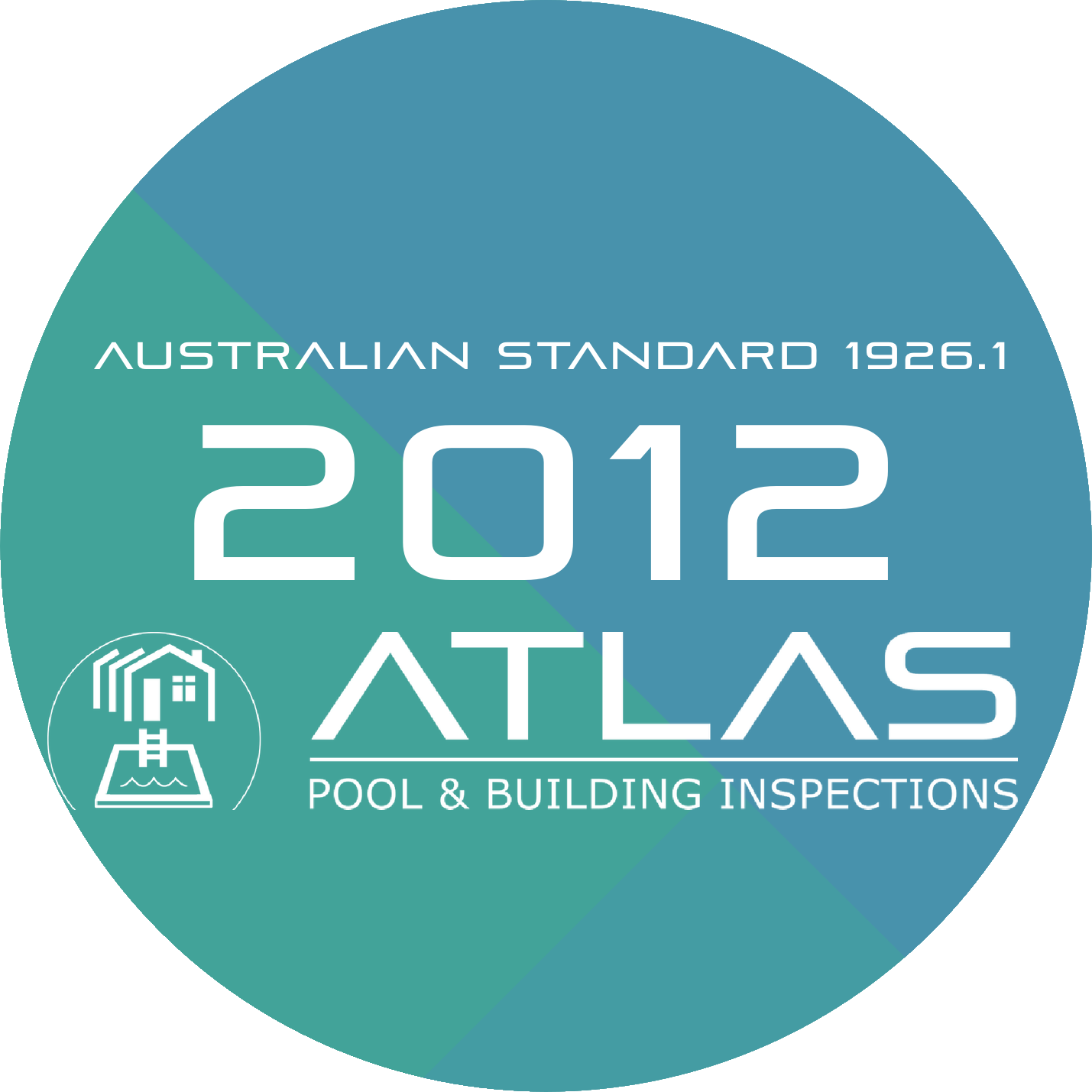Title Page
-
Client's Name
-
Conducted on
-
Inspected by
-
Location
-
Local Council
-
Barrier Standard which the barrier will be inspected to
- Part 9A, Divison 2 of the Building Reguations 2018
- AS 1926.1 - 1986 Amend 1
- AS 1926.1 - 1993
- AS 1926.1 - 1993 Amend 1
- AS 1926.1 - 2007 Amend 1
- AS 1926.1 - 2012
-
What is the barrier protecting?
-
Is the pool or spa?
-
Type of Inspection
-
Outcome of Inspection
Fences
2.1 General
-
Photo of General Pool & Barrier Area
-
The fence shall be a permanent structure
2.2 Materials
-
Select materials used that provides barrier
- Glass
- Aluminum pool fence
- Wooden
- Steel
- Sheet metal
- Wire
- Mesh
- Masonry
- Other
2.3.2 Perforated material or mesh
-
Apertures in perforated material or mesh must be less than 100mm
-
Is the perforated material or mesh less than 13 mm?
-
Apertures in perforated material or mesh between 13mm and 100mm require one of the following: a) effective height not less than 2.4m; or b) vertical height of not less than 1.8m with a cranked top between 90º-135º minimum length 450mm (figure 2.3)
- Minimum height 2.4m
- Vertical height 1.8m with 450mm cranked top
- Non-Compliant
-
Mesh fencing shall include a strainer wire or rail at the top and bottom of fencing.
-
Describe other material used
2.3.1 Fencing Heights
-
Effective height of the barrier is not less than 1200mm
-
Is the fence part of the boundary?
-
Is there information about the boundary fence
-
There is 1200mm radius quadrant from top of barrier on the outside that is clear of climbable projections or objectson the ground (Fig 2.1 & Fig 2.2)
2.4 Retaining Wall or Other Such Barrier
-
The pool/spa barrier uses a retaining wall
-
Is the retaining wall on the low side or high side of the pool?
-
The high retaining wall has an effective height of not less than 2.4 m
-
The high retaining wall does not slope away from the pool by more than 15°
-
Does the outside surface ( low retaining wall, but not fence) comply with 2.6 (No projections or indentations greater than 10mm, unless spaced 900mm apart)
-
Retaining wall complies with 2.3.1 - height not less than 1200mm with 1200mm quadrant radius clear of climbable projections and objects
-
The retaining wall has an effective height of 2.4m
-
Low retaining wall will be vertical, or where specifically designed to lean towards the pool, not by more than 15º
-
Retaining walls shall have an effective height of not less than 2.4 m and shall be free of projections or indentations greater than 10mm, unless spaced 900mm apart
-
Retaining walls shall not slope away from the pool more than 15º
-
Does the outside surface (retaining wall, but not fence) comply with 2.6 (No projections or indentations greater than 10mm, unless spaced 900mm apart)
-
The retaining wall has an effective height of 2.4m
-
Retaining wall complies with 2.3.1 - height not less than 1200mm with 1200mm quadrant radius clear of climbable projections and objects
2.5 Ground Clearance
-
The height of any opening between the bottom of the fencing and the finished ground level shall not exceed 100 mm
2.6 Outside Surface
-
Are there any projections or indentations on the outside surface of the barrier?
-
Do projections and indentations form a substantially horizontal surface with a depth greater than 10 mm?
-
Projections and indentations of depth >10mm must be spaced more 900mm apart provided the lower projections or indentations are >1100mm below the top of the fencing?
2.7, 2.8, 2.9 Horizontal Climbable Members
-
Does the barrier have horizontal climbable members? - rails, rods, wires or bracings
-
Are the vertical members are spaced to provide a clear opening of not more than 10 mm?
-
Where there are two or more horizontal members, the top surface of the highest lower horizontal member, and the top surface of the lowest higher horizontal member shall be not less than 900mm. Note: if sloping site/fence, the measurement shall be made perpendicular to the finished ground level.
-
The top surface of the highest lower horizontal member shall be at least 1.1 m below the top of the fence
-
Any horizontal surfaces (pot plants, deck chairs, pool covers) inside the pool barrier shall be not less than 300mm from the barrier
2.10 Vertical members
-
The clear space between any adjacent vertical members (see Figure 2.2), such as palings, rods or wires, shall not exceed 100 mm at any point.
Gates
2.11.1 Direction of Opening
-
Gates shall be mounted so they swing away from the pool only
-
Gates can swing freely through the arc of operation
2.11.2 Self Closing device & 2.11.3.1 Latching Device
-
All gates are self closing & self latching from any position, such that they prevent from being re-opened without being manually released
-
The latching device shall not be able to be inadvertently adjusted during operation
-
When in the closed position, can the latching mechanism cannot be released by the insertion of any implement between the 10 mm gap shown in Figure 2.7(a) particularly from below the mechanism?
-
Functional test 1 - resting on the latch
-
Functional test 2 - halfway open
-
Functional test 3 - completely open
2.11.3.2 Location of Latching Device & 2.11.3.3 Shielding of Latching Device
-
Select where the latching device is located
- Outside the barrier
- Inside the barrier (over or through the gate)
-
The latch release is a minimum of 1500 mm from FGL and a minimum of 1400 mm from the highest lower horizontal member
-
To release the latch, it is necessary to reach over the fencing at a height of 1200mm above FGL or not less than 1100 mm above the highest lower horizontal member, and the latch is placed at least 150mm below the top of the gate/fence, or 150mm away from a provided hand hole
2.11.3.3 Shielding of Latching Device
-
The latching device is shielded so that no opening of greater than 10mm occurs within 450mm of the latching device, below the top of the fence/gate
-
Where there is a handhole, the bottom is at a minimum of 1200 mm from FGL or 1100 mm from the highest lower horizontal member
-
Shielding shall extend to a horizontal line through the top of the hand hole
-
The shield shall be free of sharp edges, and the adjacent parts of the shield on the gate and the fence shall be rounded or chamfered to prevent hazards when the gate opens and closes
Other Barrier items
2.12 Finish
-
The barrier is free of sharp edges, sharp projections and similar hazards?
2.13 Child-resistant Openable Portion of Window
-
Are there any windows opening into the pool area?
-
Is the sill of the lowest opening panel of a window to the pool area ground greater than 2400mm? (fig 2.8 - h1)
-
Is the sill of the lowest opening panel of a window to the inside floor greater than 900mm? (fig 2.8 - h2)
-
The window is limited to opening no more than 100mm
-
The opening portion of the window is covered by bars or mesh screen (max openings 100mm)
-
The sill of the window is greater than 1200mm
-
The window is limited to opening no more than 100mm
-
The opening portion of the window is covered by bars or mesh screen (max openings 100mm), or secured flyscreen
2.14 Child-resistant door set
-
Are there doors that form part of the pool or spa barrier?
-
All doors are fitted with a self-latching & a self closing device
-
Functional test 1 - resting on latch
-
Functional test 2 - half way open
-
Functional test 3 - fully open
-
the release for the latch on the internal (dwelling) side of the door is a minimum of 1500 mm high
-
There shall be no footholds wider than 10 mm on the door or its frame in the area from the release for the latching device down to 100 mm above the floor
-
All horizontal members, vertical members, perforated materials or mesh, and finish shall comply with this standard for gates
-
The door set shall comply with the performance requirements for a gate for strength and rigidity of openings and strength of gate (see Clauses 3.1 to 3.3).
2.15 Above Ground Pools
-
The walls of an above-ground pool are at a minimum of 1200mm and comply with Clauses 2.3 Fencing Heights, 2.6 Outside Surfaces, 2.7 and 2.8 Horizontal Members
2.16 Balcony
-
Is there a balcony that projects into a pool area?
-
The distance from the floor of the balcony to the pool area ground level is greater than 2400 mm? (Fig 2.9)
-
Windows and doors to the balcony comply with Clauses 2.13 and 2.14
-
The balcony must have a balustrade that complies with a fence in this standard
Outcome of Inspection
-
According to Building Regulations 2018 Part 9A, I conclude that this Pool/Spa Barrier is
-
Is the barrier capable of being made compliant to the applicable standard within 60 days
-
ATLAS Inspections is guided by the Building Regulations 2018 Part 9A Division 6, and must submit a Certificate of pool and spa barrier non-compliance (form 24) to your local council under Regulation 147ZF. Form 24 brings with it an automatic fee of up to $397.54, payable to your Local Council, and further penalty of $1,849.20 if directions by council are not adhered to. The municipal building surveyor (Local Council) will direct you on how you are to proceed.
-
Does the non-compliance of the barrier pose an immediate danger to life or safety?
-
ATLAS Inspections is guided by the Building Regulations 2018 Part 9A Division 6, and must submit a Certificate of pool and spa barrier non-compliance (form 24) to your local council under Regulation 147ZF. Form 24 brings with it an automatic fee of up to $397.54, payable to your Local Council, and further penalty of $1,849.20 if directions by council are not adhered to. The municipal building surveyor (Local Council) will direct you on how you are to proceed.
-
Is any door or gate unable to be completely closed?
-
ATLAS Inspections is guided by the Building Regulations 2018 Part 9A Division 6, and must submit a Certificate of pool and spa barrier non-compliance (form 24) to your local council under Regulation 147ZF. Form 24 brings with it an automatic fee of up to $397.54, payable to your Local Council, and further penalty of $1,849.20 if directions by council are not adhered to. The municipal building surveyor (Local Council) will direct you on how you are to proceed.
-
Does any part of the barrier measure less than 1m?
-
ATLAS Inspections is guided by the Building Regulations 2018 Part 9A Division 6, and must submit a Certificate of pool and spa barrier non-compliance (form 24) to your local council under Regulation 147ZF. Form 24 brings with it an automatic fee of up to $397.54, payable to your Local Council, and further penalty of $1,849.20 if directions by council are not adhered to. The municipal building surveyor (Local Council) will direct you on how you are to proceed.
-
According to Building Regulations 2018 Part 9A Reg 147ZG (c) the Non-Compliant items listed above must be brought into line with the applicable standard within 60 days of receiving this notice, and the barrier must be Re-Inspected by ATLAS Inspections Pty Ltd by:
-
If your pool barrier cannot be brought into line with the applicable standard within 60 days of recieving this report, a Certificate of pool and spa barrier non-compliance (form 24) will be submitted to the Local Council, with an automatic fee of up to $397.54, payable to your Local Council, and further penalty of $1,849.20 if directions by council are not adhered to.
-
Upon full payment being recieved by ATLAS Inspections, we will issue you with a Certificate of Compliance (Form 23) to be forwarded to your local council.
-
Under regulation 147R (3) of the Building Regulations 2018, you are required to have your Pool or Spa barrier re-inspected within 4 years of this inspection. Congratulations, we will contact you again 3 months prior to your next inspection deadline which is on:
